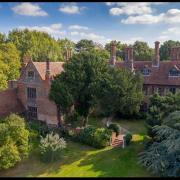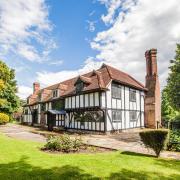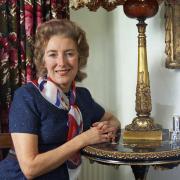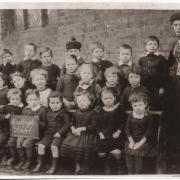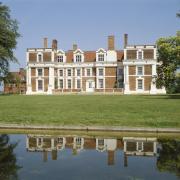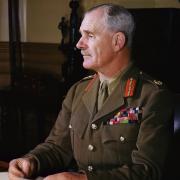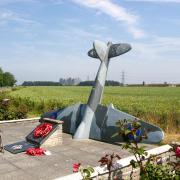Generations of thankful seafarers have praised the heroic actions of the RNLI, but did you know that Clacton’s station once received the appreciation of the King of Denmark?

Although there had been a lifeboat presence since at least 1828, Clacton’s RNLI dates back to the latter 19th century following the petitions of locals to have a station along their stretch of the Essex coastline. Rarely has a week passed since then that its lifesaving services have not been called upon.
It was the morning of 4 January, 1894, when the Clacton crew were sent to rescue the Danish vessel St Alexei which was seen to be aground on the notorious Baxey Sands. Clacton’s crew members quickly set off in the Edward Albert, named after the future King Edward VIII, and soon met with their first challenge.
The sea was rough, even by North Sea standards, and the desperate crew were clinging to the brigitaine. Icy waves crashed all about them, even above their heads, drenching them and buffeting the approaching Edward Albert. The stricken ship was practically on its side, almost as awkward as an Escher painting, for the approaching lifeboat crew.

Coxswain William Schofield decided to try to lift the St Alexei’s anchor, but it was soon discovered that this was impossible. The anchor had hooked on the very sands that had trapped the Danish vessel. Instead, the crew were encouraged to cling to anything that would float in an attempt to reach them, although even this was unattainable as the raging sea was too loud to make these plans clear.
Several of the Danish crew climbed the mast, but miscommunication again scuppered their idea and they quickly returned to the ship.
In a desperate push, one of the lifeboatmen managed to use their grapnel and managed to get enough of a hold on the wrecked vessel to enable almost all of the grateful crew onboard. The captain however, was still aboard his sinking ship.
Cold and exhausted but with a rope tied around him, the captain was nearly swept away when Schofield attempted to drag him aboard. Fortunately the coxswain had hold of the rope and was able to get him to safety, albeit frozen and injured.
Their rescue had taken hours, but all crew from both the Clacton lifeboat and the Danish vessel were saved. Their heroics did not go unnoticed. As well as a communal congratulations, the remarkable rescue and selfless acts of the Clacton lifeboat men reached the attention of the King of Denmark himself.
His Majesty awarded coxswain William Schofield a silver medal in recognition as well as a financial reward for the crew, on behalf of the many thankful souls saved from Clacton’s coast.






